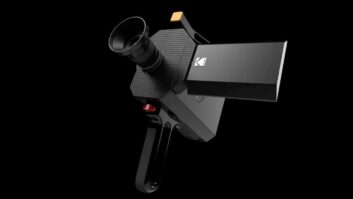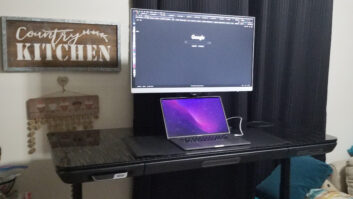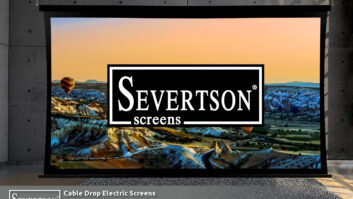Rochester, N.Y. — Kodak became the last major silver-halide supplier to raise its prices, following similar increases by Fujifilm and Nippon.
Kodak will impose as much as a 20 percent increase on its consumables, such as silver-halide photo paper, depending on product line and geography.
In a statement, Kodak attributed the price hike to “soaring prices of key raw materials, especially silver and aluminum, as well as the rising cost of petroleum.”
The price increases are set to take effect July 1.
The news follows similar announcements by Fujifilm and Nippon and is expected to increase the cost of photo prints sold at retail.
Fujifilm will increase the costs of its photographic papers by between 10 percent and 20 percent, while Nippon did not specify a percentage.
Retailers are likely to pass these price hikes along to their consumers, though not on a percentage-for-percentage basis, said David Haueter, InfoTrends associate director.
“I don’t think this will have any impact on the overall volume of photo printing, because even if print prices go up, we’re not talking about a lot of money,” Haueter said.
Should retailers decide to pass along a price increase, it probably won’t hit the market all at once, as supplies are purchased on a contract basis with fixed pricing, Haueter added.
Whether the price increase will push the retail price of photo prints up — particularly in the 4-inch by 6-inch market — remains to be seen, said Rich Tranchida, executive VP, Ritz Camera Centers, and a Fujifilm customer. His firm is taking a wait-and-see approach before adjusting its print prices, he said. “The price on a 4 by 6 is set for competitive reasons,” he said.
The major brick-and-mortar retailers charged an average of 18 cents per 4- by 6-inch made over the counter in the fourth quarter of last year, according to InfoTrends. Print prices are more competitive online, with firms like Snapfish offering 4- by 6-inch prints for as low as 9 cents.
The steady increase in consumables costs may push retailers into new dry minilab technology, Haueter predicted. On average it costs approximately 20 percent less to produce a silver halide print than an inkjet one at retail, but that gap is narrowing, Haueter said.
“We expect to see silver halide continue in higher volume locations with 1,000-plus prints per day where the lower cost per print offsets the advantages of dry printing,” he said.













